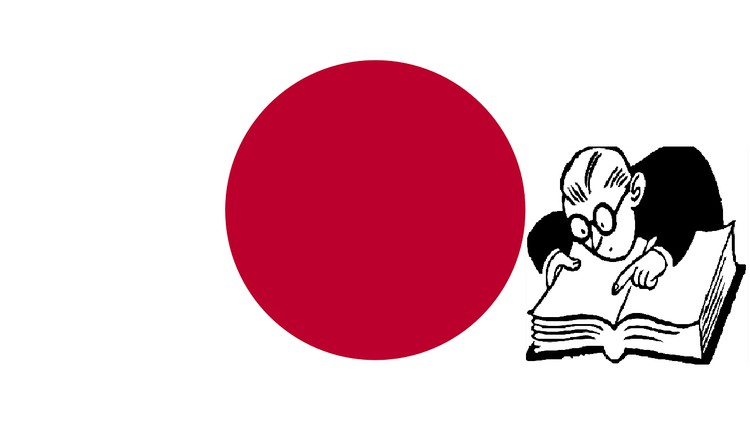
The fastest and simplest way to learn Japanese
What you will learn
The student will learn ALL hiragana (how to read + pronunciation).
The student will learn ALL katakana (how to read + pronunciation).
The student will learn useful, daily Japanese words.
The student will feel confident about continuing their Japanese studies.
Description
Japanese is considered one of the more difficult languages to learn. It is.
But while the grammar can quite the challenge, and the pronunciation can be troublesome for some, it is the reading and the writing of Japanese language that is the biggest hurdle for most to tackle.
There are three major writing systems in Japanese language: hiragana, katakana and kanji.
There are roughly 2,000 kanji characters in general use in Japan. This is the amount of kanji you need to know to read the newspaper in Japanese. Students in Japan learn these 2,000 general kanji over a decade of studying in the schooling system. In total there are anywhere between 30,000 to 70,000 (nobody seems to know the exact number) kanji for anyone to learn if they so choose.
However, it doesn’t have to take a decade to learn 2,000 kanji. It can be done much faster if you know what to do.
But before you start learning kanji, you must know how to read hiragana and katakana. Therefore, if you want to learn Japanese, start with the basics; and the basics are hiragana and katakana.
In this course you will learn ALL hiragana and katana – fast and easy! Best of all, it is beginner friendly.
Content